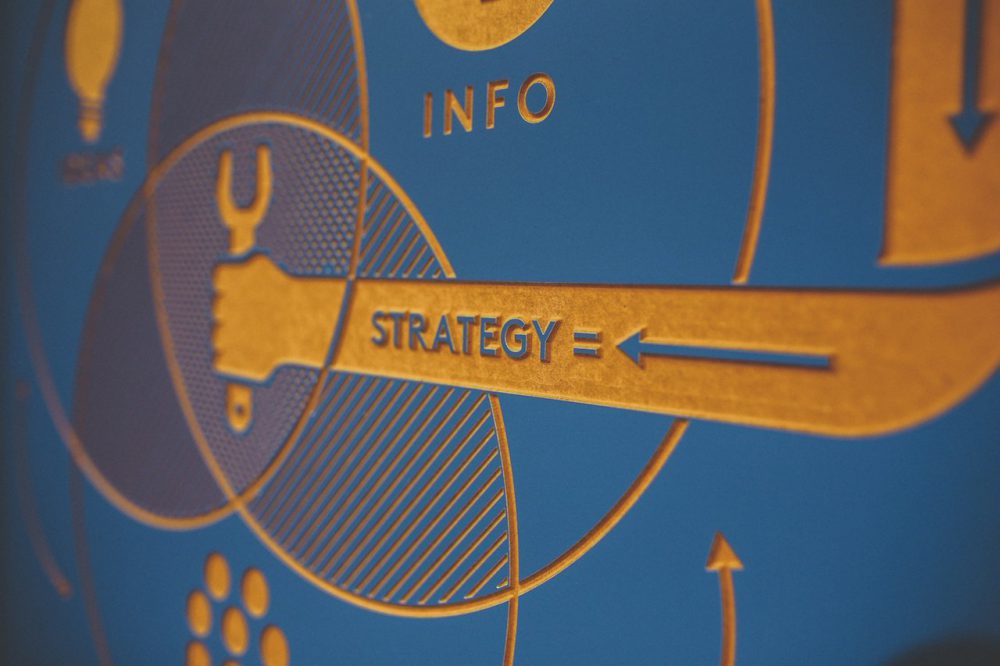Marketing automation is at the core of almost every online business today, and should also be a key strategy in more traditional businesses as well.
As a cost-effective way to reach out potential customers, this strategy has proved time and again that anyone – with sufficient knowledge, tools, and skill sets – can have a fair chance to compete with other businesses worldwide.
However, even the most innovative online strategy has a downside. For years, marketing automation has become the subject of misuse among online marketers who pitched automation as a way of turning businesses into online ‘cash machines’ without ever spending time and effort with potential customers. It made marketing automation synonymous to spamming.
Faced with more stringent rules regarding customer engagement and increased customer awareness, online marketers are back to the drawing board on how they could use automation to deliver the same results back in its heyday, or even better.
Why a Change of Strategy is Necessary
When marketing automation was at its peak, many believed that as long as you were able to make tons of content and send a relentless barrage of emails to practically any person on earth that has an email address, sooner or later people would respond to your call and generate income for your business.
The idea comes from the analogy of shooting as many arrows as you can, hoping that one or two will eventually land on their target out of mere chance (known as the ‘spray and pray’ method). Although some businesses use this method effectively, it usually comes at a price.
For one thing, marketers who rely heavily on conventional marketing automation are putting their businesses at risk by sending unsolicited emails to people whose contact information were sourced from a third-party data supplier.
This method obviously won’t work, since most emails have already built defenses against spamming. CAN-SPAM Act will also make these marketers think twice about ever using this method again.
Aside from bordering unlawful marketing practices, it tends to yield diminishing returns over time as contacts starts falling off and fewer people become available to them. It usually guarantees a one-time success with little or no regard for ongoing customer relationship and repeat purchases.
Staying relevant with the customers is almost impossible to attain with conventional marketing automation. Usually, what happens is that companies will send every content that they have on a particular niche to people in their massive list of contacts, hoping to strike a chord with just one or two articles sent to them in rapid succession. It’s essentially a ‘hit-or-miss’ strategy.
As customer engagement comes close to non-existent, they would eventually lose their ship, and no amount of automation can save it from sinking to the bottom.
The question now is whether marketing automation can still be a viable option to speed up the process and boost sales despite its shortcomings in customer engagement.
A Step towards Permission Marketing
Permission marketing was coined by marketing expert Seth Godin to denote marketing strategies that rely on customer feedback, i.e., permission, to initiate ongoing customer relationship and interaction which allows them to receive updates and follow-ups on demand.
Unlike traditional outbound marketing, which he appropriately calls ‘interruption marketing’, permission marketing spares people the trouble of going through the ordeal of being constantly bombarded with marketing pitches. It gives them more freedom and control over the situation and encourages them to either share more about their interests and other key information about themselves, or turn into buying customers.
Others tend to view permission marketing as the antithesis of marketing automation because it’s more involved and requires frequent human interaction. The fact is, permission marketing needs a starting point, and that involves automation.
Sign-up forms via landing pages, which may also include opt-in to newsletters or social media posts, are just a few classic examples on how to initiate permission marketing.
Still others believe that permission marketing is a little too slow compared to marketing automation aside from the fact that it gives too much freedom to potential customers to take action whenever they want to. They aim for quick, albeit short-lived gains, instead of nurturing previous and current customers for long-term, sustainable income.
In the final analysis, those who relied on one-time customer engagements end up losing more money looking for new prospects while those who took their time watering and growing their customer base could increase revenue exponentially through updates, follow-ups, customer referrals, crossing-selling, up-selling, and repeat purchases.
The Smart Way to Automate
Marketing automation platforms can only do so well when it comes to tasks which could be reasonably accomplished through automation. Some aspects of marketing are best performed through human interaction which cannot be copied or supplanted by automated means.
Read: Digital and Physical Customer Engagement, and Why You Need Both
Keep these in mind when using marketing automation to attract and maintain customers for your business:
- Open up multiple channels to collect customer information.
Inbound marketing has proven its effectiveness over outbound marketing by emphasizing customer awareness.
Opening up multiple channels of customer engagement maximizes your chances of getting in touch with them. This includes setting up a blog, website, landing page, and social media account, to name a few.
Your marketing automation platform can be seamlessly integrated to all these channels to collect, store, and analyze customer information for you after signing up to your mailing list or subscribe for a free newsletter. Marketing automation shines best at this stage of customer engagement.
- Dissect your sales pipeline to see which approach works best in every stage. In case you haven’t noticed this part has been alluded to in the previous item.
The first stage, which involves data collection and storage, is best accomplished with marketing automation.
Following up, which is the next stage, involves a combination of both permission marketing and marketing automation.
When trying to learn more about your leads, you can revert back to automation to, once again, collect relevant information about them and analyze whether or not they could be qualified as potential customers. The marketing team would then assign the lead scores, start with the sales process, and close the deal.
- Use email segmentation and the buyer persona to guide your marketing effort. These marketing strategies allow you to narrow down your target audience and zero them in with pinpoint accuracy. It takes time and effort creating relevant content based on different segments and customer behavior.
The easiest way to fail in any kind of marketing strategy is to use the same cut-and-dried content across all contacts and send them out at a robotic pace, one email after another.
You need to customize your content according to the different segments in your email list and provide an option for a follow-up or additional information about the topic.
When deciding for the most appropriate product or service for a certain group of customers, you can refer to your buyer persona as your guide.
- Choose a marketing automation platform that works for you. A good marketing automation platform often comes at a price.
However, most companies offer different versions of their product ranging from the most basic ones at no cost, to premium offerings with a complete suite of tools at about a hundred to two hundred dollars per month.
Marketing automation can still be as powerful as any marketing strategy if you can put other elements into the mix such as permission marketing to interact with your potential customers and collect your data about your target market.








